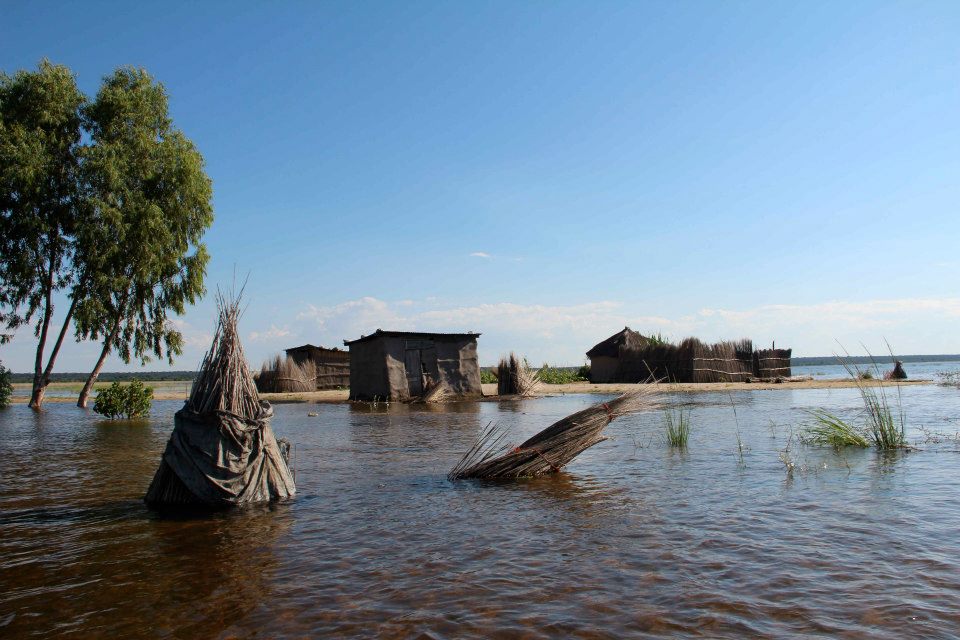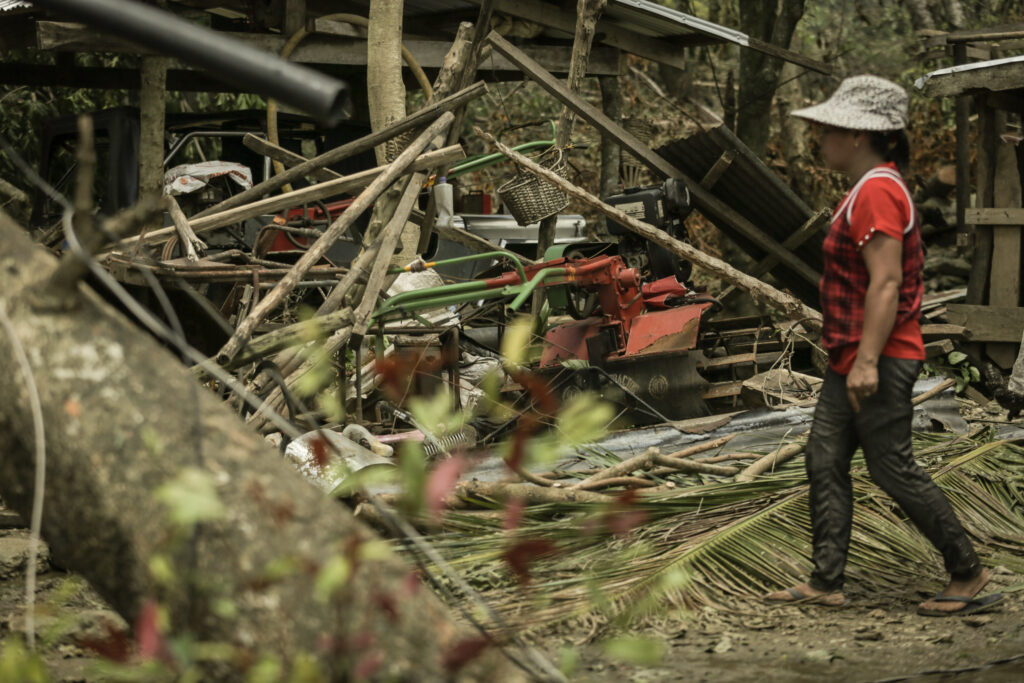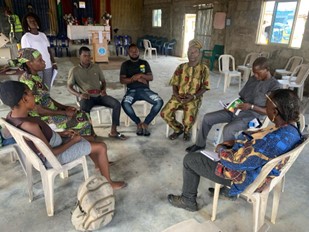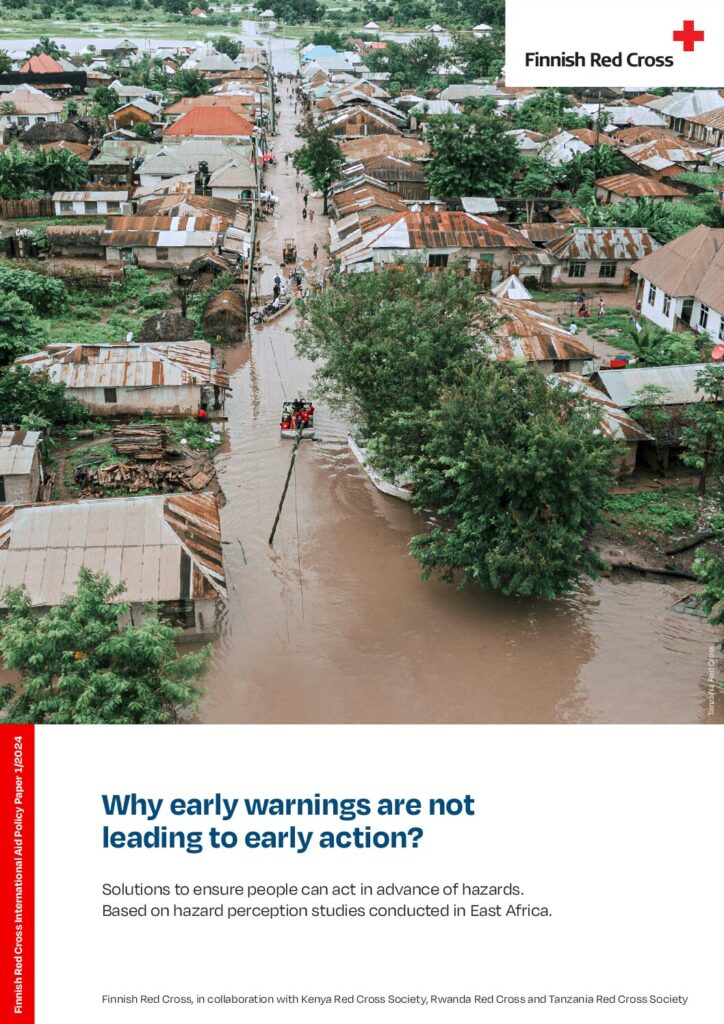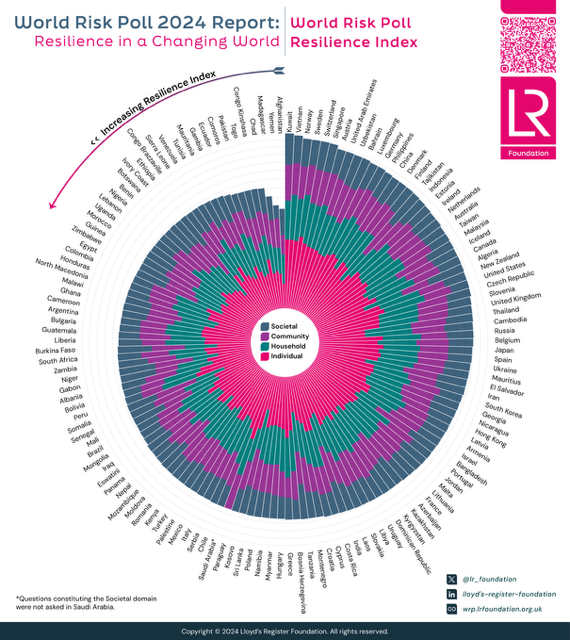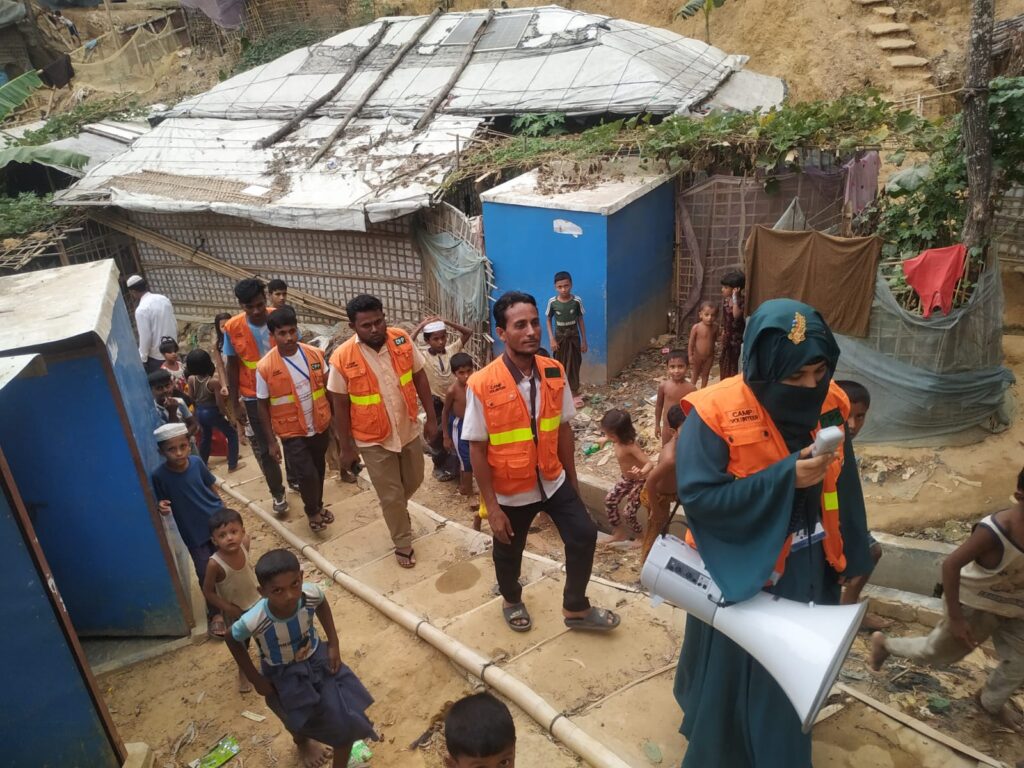Towards Participatory Flood Early Warning for Early Action: A Situational Analysis of Flood Risk Communication in the Zambezi Region, Namibia
Authors: Deolfa Josè Moisès, and Yong Sebastian Nyam, University of the Free State, South Africa. Flood hazards are complex events with severe consequences, particularly for rural riparian communities that depend on natural resources for their livelihoods. Developing risk communication strategies that prompt effective early action has become a key priority in global hazard risk reduction. […]

